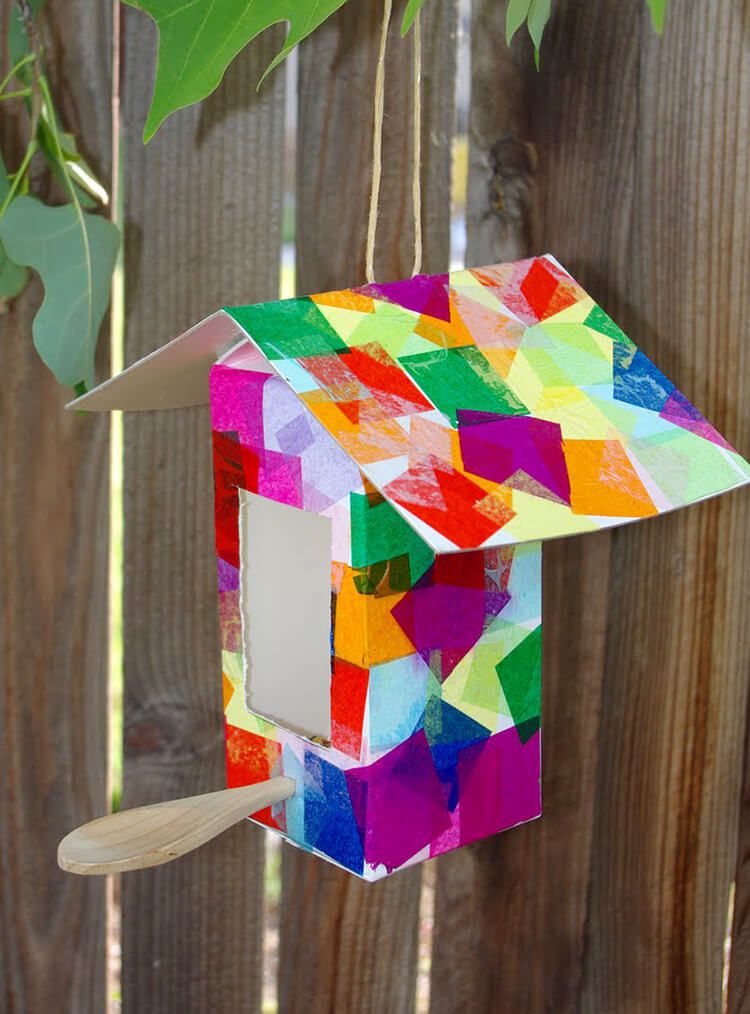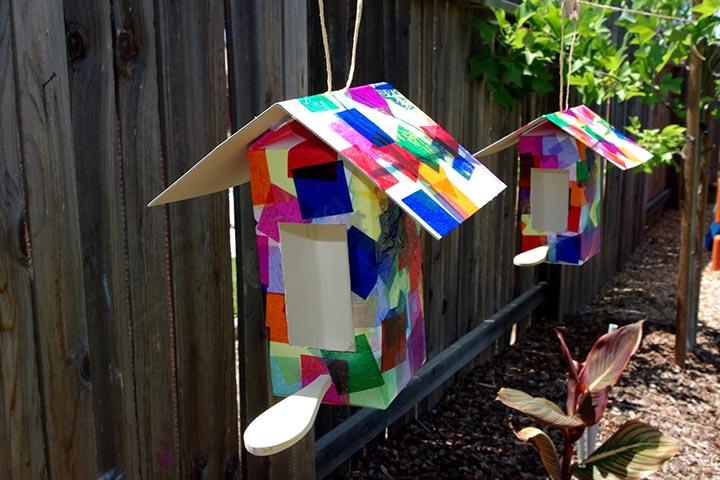

We are also thinking about the aesthetics of the blocks. Blocks made of 25% recycled plastics have performed extremely well in mechanical tests. We want to use the maximum amount of recycled plastics in this block. We are currently adjusting the properties of the materials for the rotomoulding process, a plastics moulding technology that is ideal for making large hollow articles.

We have prepared a range of prospective materials using a mix of virgin and recycled plastics – coloured PET bottles, polypropylene, polyethylene – and other local waste-stream materials, such as hemp, sawdust, concrete waste and red mud. Our team is currently trying to develop a viable building block made of recycled plastics. From agricultural wastes such as sugarcane bagasse – a by-product of the sugar industry in Brazil – and coffee dregs, to concrete waste and construction debris, compounded with recycled plastics, there are many ways to obtain materials to produce bricks, roof tiles, plastic lumber and other useful elements for building. Since 2009, I have developed a number of building materials made of post-consumer plastics mixed with different waste-stream materials. I study plastic waste with the specific aim of finding interesting ways to remove it from the environment.

So what if all of this plastic waste could be converted into building materials for low-income populations? Existing initiatives are promising, but not yet reproducible on an industrial scale.

Plastics are strong, durable, waterproof, lightweight, easy to mould, and recyclable – all key properties for construction materials. For example, several groups have developed building materials made of plastic waste. Most solutions target mixed plastic waste and suggest applications different from the original ones. Many universities and entrepreneurs are attempting to do this. The UK, for example, uses five million tonnes of plastic each year, and only 370,000 tonnes are recycled each year: that’s just 7%. The proportion of plastics that are recycled is minimal. Most people believe that plastics recycling is severely restricted: that only a few types can be recycled at all.


 0 kommentar(er)
0 kommentar(er)
